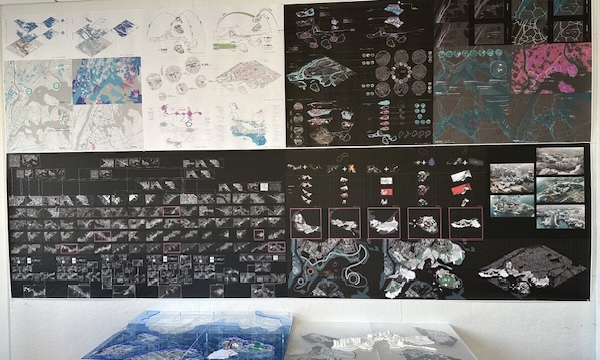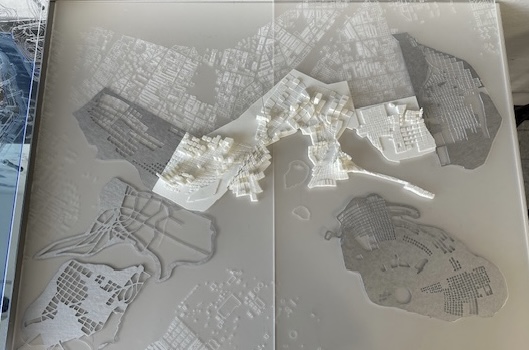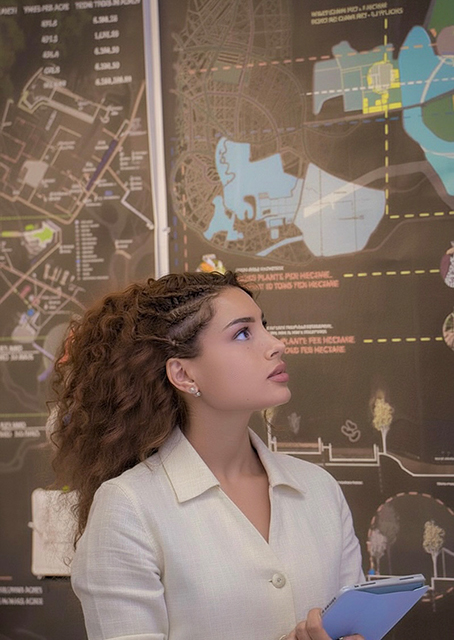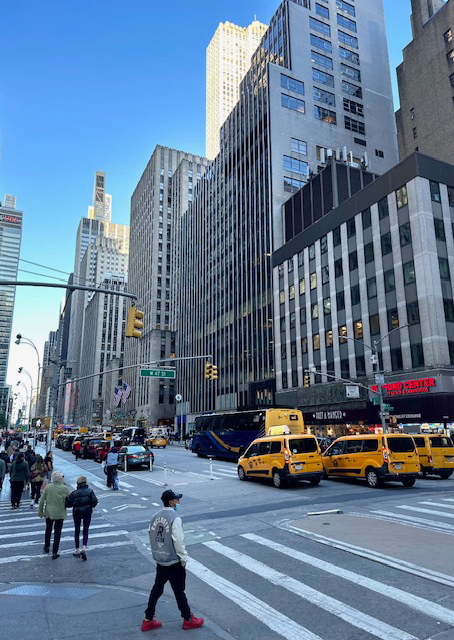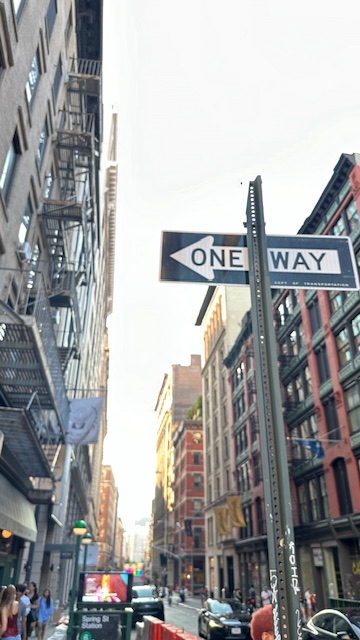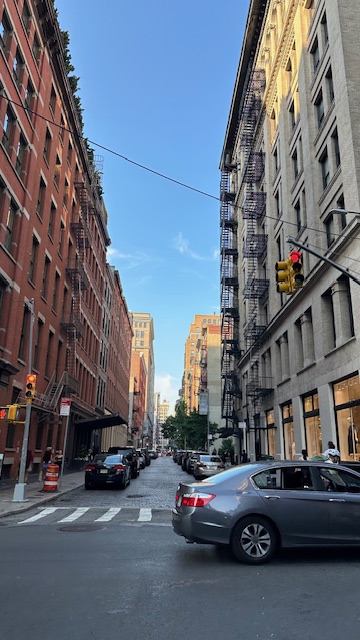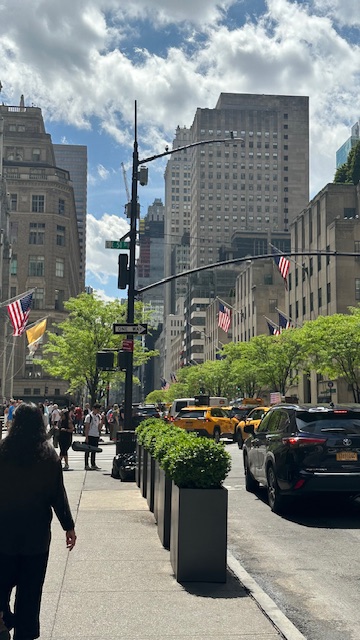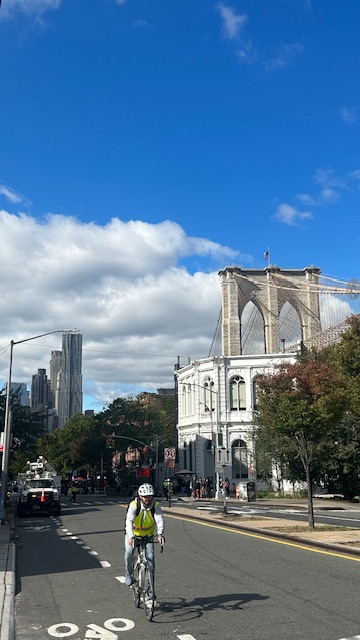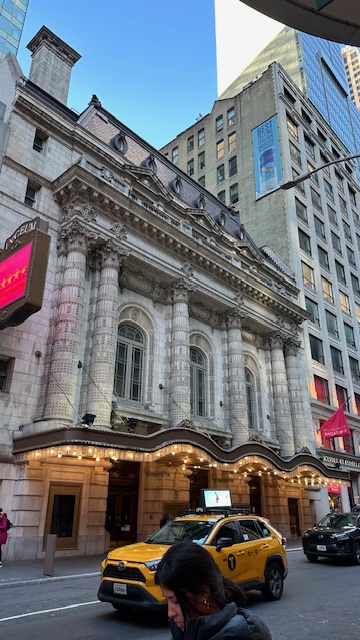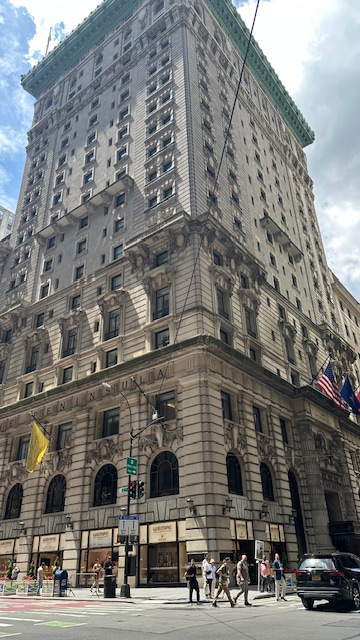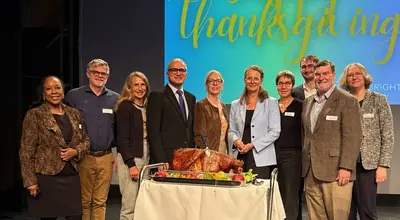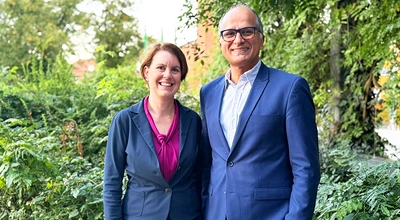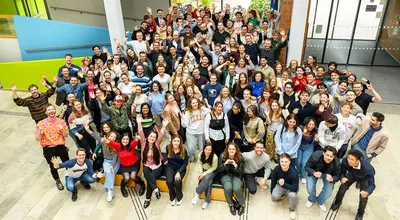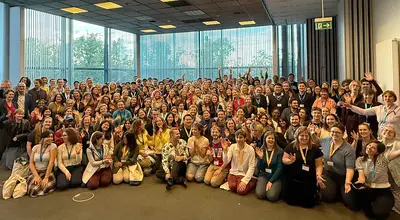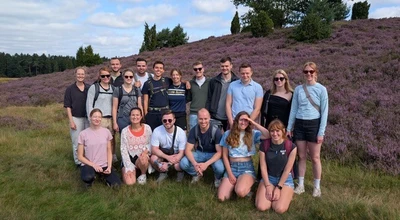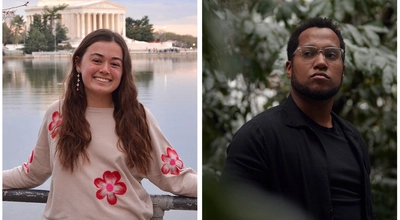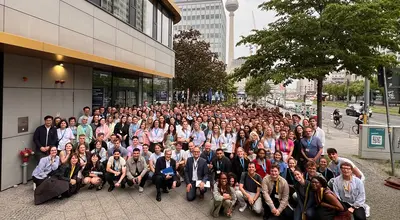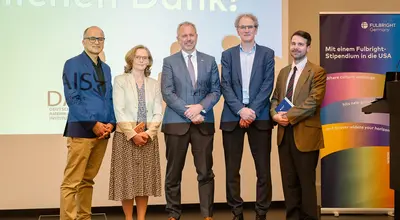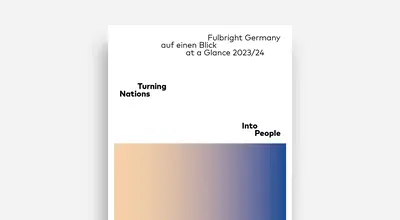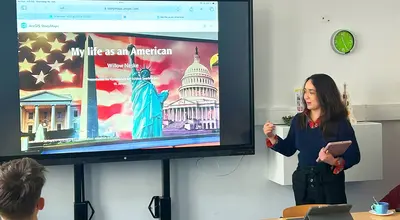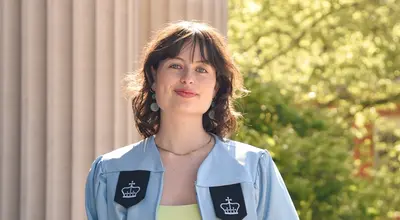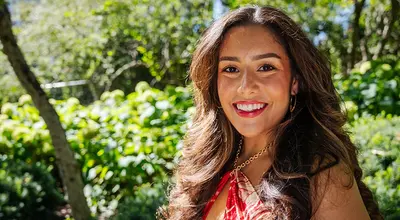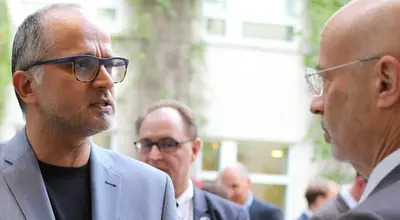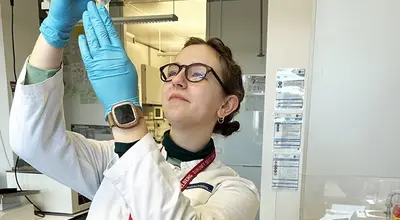Designing Cities for People - How Studying in the U.S. Shaped My Approach to Urban Design and Community-Focused Planning
Aneesa Warrich | Studienstipendiatin 2025/26 | New York

"When I moved from Germany to the U.S. for my graduate studies in architecture and urban design, I expected to refine my technical skills and creative thinking. What I didn’t anticipate was how deeply the experience would transform my perspective on cities — and the people who
live in them.
Berlin was where I first encountered thoughtful urban planning, public spaces, and infrastructure that naturally support everyday life. Later, living and studying in New York, I experienced a city with far more complex density and diversity, where infrastructure, public spaces, and historical decisions intersect in intricate ways to shape how communities interact and navigate their environment.
That contrast made me see urban design as more than a question of buildings or aesthetics. It became clear to me that the systems surrounding our built environment — transportation, housing, public spaces, and everyday community life — profoundly shape the quality of people’s daily experiences. In New York, I observed firsthand how communities with different cultural and economic backgrounds experience the city differently, and how design and planning decisions can either reinforce inequality or open up new opportunities.
This realization shifted my priorities as a designer. I now think less about an isolated building and more about its context: How does it fit into the neighborhood? Who will use it? How does it connect to existing infrastructure, green spaces, and public transit? Most importantly, does it serve the people it is meant for? Urban design, at its best, is about making cities work for communities — not asking communities to adapt to cities.
Studying abroad also broadened my way of thinking. Being part of a diverse, international environment taught me to see from multiple perspectives, to listen to different voices, and to recognize that good design begins with understanding the people it serves.
Looking ahead, I see my role as an urban designer not only as a technical profession but as a way to integrate architecture into the environment while improving everyday life for communities. These experiences have reinforced my commitment to designing cities that are inclusive and adaptable. I aim to carry these lessons forward in all future projects, shaping urban environments that are inclusive, resilient, equitable, and reflective of the people who inhabit them."
